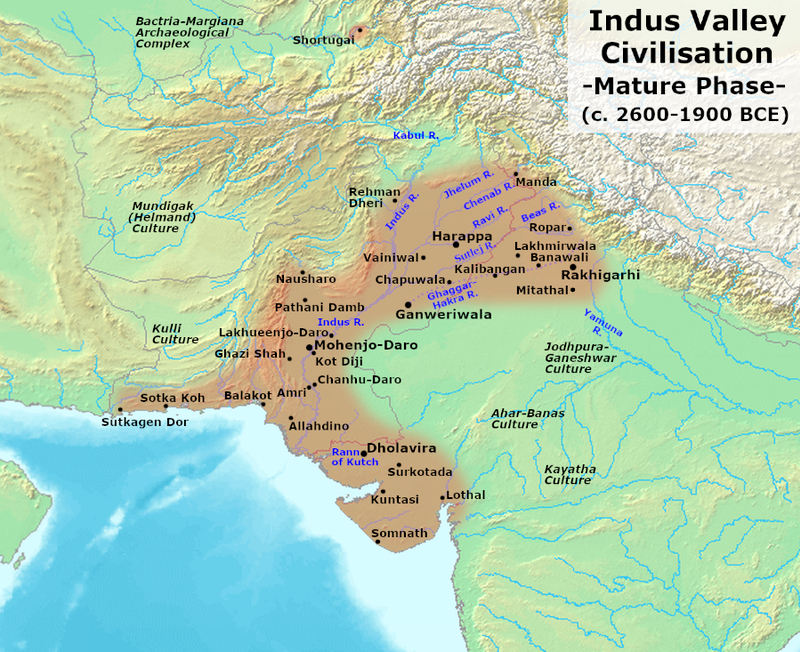From UPSC perspective, the following things are important :
Prelims level: Important sites of Indus valley Civilization
Why in the News?
It has been 100 years since the discovery of the Harappan Civilization, announced by John Marshall on September 20, 1924.
Harappa: Remains of a Civilization
The Discoverers:
|
About the Mohenjo-daro Site:
- Mohenjo-daro is one of the largest cities of the Harappan Civilization, located in the Sindh province of Pakistan, discovered in 1922 by Rakhal Das Banerji.
- The city represents one of the finest examples of ancient urban planning:
- Great Bath: A large, centrally located structure thought to be used for ritual bathing or religious ceremonies. It is considered one of the earliest public water tanks in history.
- Granaries: Massive storage facilities near the citadel suggest an organized system of storing food for the community.
- Citadel and Lower Town: The city was divided into a raised citadel for the ruling elite and a lower town for common people. Both areas had well-planned streets and residential complexes.
- Drainage Systems: Mohenjo-daro featured covered drainage systems with individual toilets connected to the drainage network, showcasing an impressive public sanitation system.
- Residential Buildings: Homes were built from uniform mud bricks, with courtyards and bathrooms, and were often multi-storied. The use of standardised brick sizes (ratio 1:2:4) and cubic weights showed their high degree of organisation.
- Artefacts found at Mohenjo-daro include:
- Seals with animal motifs and the un-deciphered Harappan script, believed to have been used for administrative or trade purposes.
- Pottery and tools made of bronze and copper.
- Terracotta figurines, jewellery, and toys that reflect a highly developed artistic culture.
- Weights and measures based on a uniform standard, indicating the use of a standardized economic system.
- The city’s streets were aligned north-south and east-west, cutting at right angles, allowing for efficient transportation, including bullock carts.
- Mohenjo-daro is believed to have had trade links with Mesopotamia, as suggested by artefacts with Mesopotamian connections.
PYQ:[2013] Which of the following characterizes/characterize the people of Indus Valley Civilization? 1. They possessed great palaces and temples. 2. They worshipped both male and female deities. 3. They employed horse-drawn chariots in warfare. Select the correct statement/statements using the codes given below. (a) 1 and 2 only (b) 2 only (c) 1, 2 and 3 (d) None of the statements given above is correct |
Get an IAS/IPS ranker as your 1: 1 personal mentor for UPSC 2024


